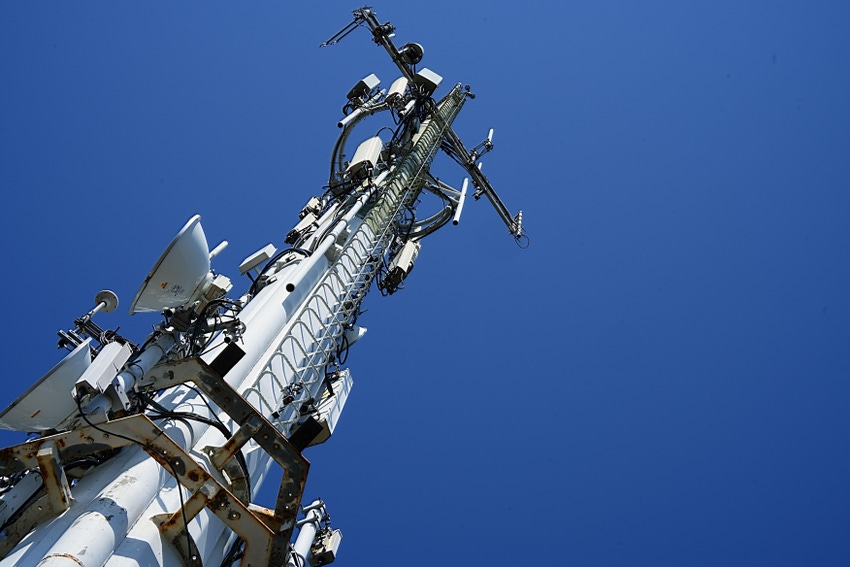Opanga gets new CEO in pursuit of AI-powered networks
A former T-Mobile executive, Cole Brodman, is becoming Opanga Networks' CEO after spending around eight years on the company's board of directors. Opanga continues to offer RAN optimization tech.

Startup Opanga Networks said Cole Brodman, the CTO of T-Mobile roughly a decade ago, will be the company's new CEO. Opanga's founder and previous CEO, Dave Gibbons, a former AT&T executive, will remain on Opanga's board of directors.
Brodman told Light Reading he's joining Opanga as the company releases a "breakthrough" machine learning (ML) and artificial intelligence (AI) platform called Opanga Rain. Rain combines the company's existing offerings and new innovations under one platform that the company said can make wireless networks more efficient while using less power.
"It's a brilliant set of solutions," Brodman said of Opanga's offerings. "We know we can help their (operators') networks grow, and save them money at the same time."
Brodman added that he's joining Opanga in order to help grow the company beyond its current scope. "It's really a growth focus now," he said of the company's operations.
From video to RAN optimization
Opanga was founded in 2005, initially with a focus on smartphone-based video optimization products. By 2015 its emphasis had turned to network-optimization technologies via the company's Network Coordinated Super Scheduler (NCSS). That's also the year Brodman joined Opanga's board of directors.
In 2018 Opanga was promising to ease the load on wireless networks by making the transmission of video more efficient. By 2021, machine learning had entered the company's press release lexicon. That was also the year Telefónica said it was using Opanga's radio access network (RAN) optimization software in Germany.
"Mobile network performance is under intensifying strain from the continual growth in data traffic," said Telefónica's Jochen Bockfeld in Opanga's press release in 2021. "RAN optimization software, that can be deployed rapidly in the mobile core, is mission critical to our being able to provide the best-in-class mobile experience for our customers."
Now, Opanga is touting a portfolio of solutions under its Rain platform: Peregrine optimizes RAN performance via ML and AI; Joule improves energy consumption via AI; and Merlin focuses on network analytics and performance recommendations.
Proprietary AI/ML
Brodman said Opanga's software can reduce network congestion by 15% to 40% by rebalancing the traffic generated by video. "Video traffic takes up a disproportionate share of traffic," he said, adding that energy savings can be up to 40%.
Brodman also said that the company's products are platform and vendor agnostic, allowing Opanga's network operator customers to deploy them on top of any software and any RAN.
"We work on top of what's already deployed," he said.
As for the secret sauce, Brodman said Opanga's network optimization software is based on the company's proprietary AI and ML efforts and does not rely on the newer AI offerings from companies like Google and Amazon.
Opanga's software is designed to improve as it ingests more data and "can run at massive scale," according to Brodman. But the platform protects its customers' data: "Everything stays inside of the telco network," he added.
Brodman declined to discuss Opanga's customers or financials, but he noted that the Seattle-based company counts around 50 employees.
Background and context
Opanga is one of many vendors touting products that improve the performance of wireless networks. Such offerings are available from startups like Aira Technologies and giants like Ericsson, plus plenty of vendors in between.
The latest products often come in the form of xApps and rApps that are designed for open RAN networks, promising to make the networks more efficient or to reduce energy usage when installed into a network's RAN intelligent controller (RIC).
But Opanga can boast of decades of experience in the wireless industry, long before the arrival of open RAN. Brodman fronted T-Mobile's network in the age of 3G. After that he founded M87, a startup working on a technology that would allow standard cellphones to transmit communications from nearby users. For example, a user inside a building and outside the range of a network connection could bounce their signal off other nearby users via a mesh network design in order to connect to the Internet.
Xcom – a startup fronted by Qualcomm's former CEO – acquired M87 in 2019. Last year, satellite operator Globalstar acquired much of Xcom's technology.
About the Author(s)
You May Also Like












